Different Types Of Aquarium Substrate
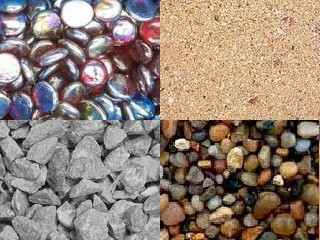
When you come to choose substrate there are two factors that need to be taken into account.
Firstly what is functional and best for the fish.
The smooth running of the tank should be your top priority.
The second factor is what gives the tank a nice appearance and blends in with any layout and decorations that you have planned.
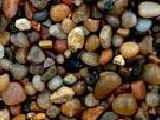
Aquarium Gravel
Gravel has for a long time been the most popular aquarium substrate. It is an ideal medium for most tanks.The gravel you buy at your local aquatic centre will be specially chosen to be used in aquariums. It should have smooth edges that cannot damage fish and also be inert, so that it will not dissolve in the water.
Aquarium gravel is readily available in different sizes and colours. All these factors combined makes aquarium grave the ideal medium for the beginner.
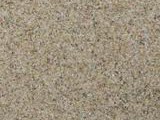
Aquarium Sand
Sand is a common substrate used in many aquariums. It is available in various colours which allows can help in creating a pleasing looking tank.Sand is an ideal medium for fish that like dig or bury themselves. This is also a disadvantage with bigger fish as they will disturb plants and ornamentation. Because of its small particle size sand can cause damage to filters.
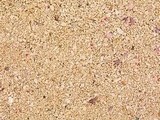
Coral Sand
Coral sand would be better described as a coral gravel. The substrate is made of calcium carbonate will slowly dissolve in water.This process works as a counterbalance to acid built up or decaying organic matter in the tank. This makes coral sand ideal for a fish that prefer higher pH levels.
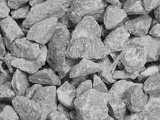
Marble Chippings
Marble chippings are a calcium carbonate based fish tank substrate.As a substrate it shares similarities with coral sand, but is heavier and not as porous.
Marble chip does have the advantages of being less expensive than coral sand and it is also available in different shades.
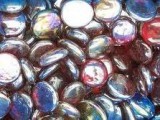
Marbles
Marbles are another choice of substrate. They are normally flat rather than spherical and come in a variety of colours, which give great possibilities in designing the look of your aquarium.However, as a general rule they are not best substrate as the gaps between the individual marbles are quite large, allowing largish items of food to be trapped and also making the build of beneficial bacteria difficult.
Marbles are often used in breeding tanks because the eggs (or fry) can fall into the gaps and be safe from being eaten by the parents or other hungry fish.
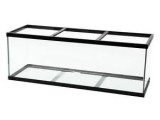
No Substrate
You do have the choice of actually using no substrate and this does have the advantage of making cleaning easy!!The disadvantages are that it does not look pleasing and also makes it difficult to suitability decorate the rest of the tank. It can also prove stressful for some fish.
Breeding tanks often use no substrate as it makes it much easier to see the fry.